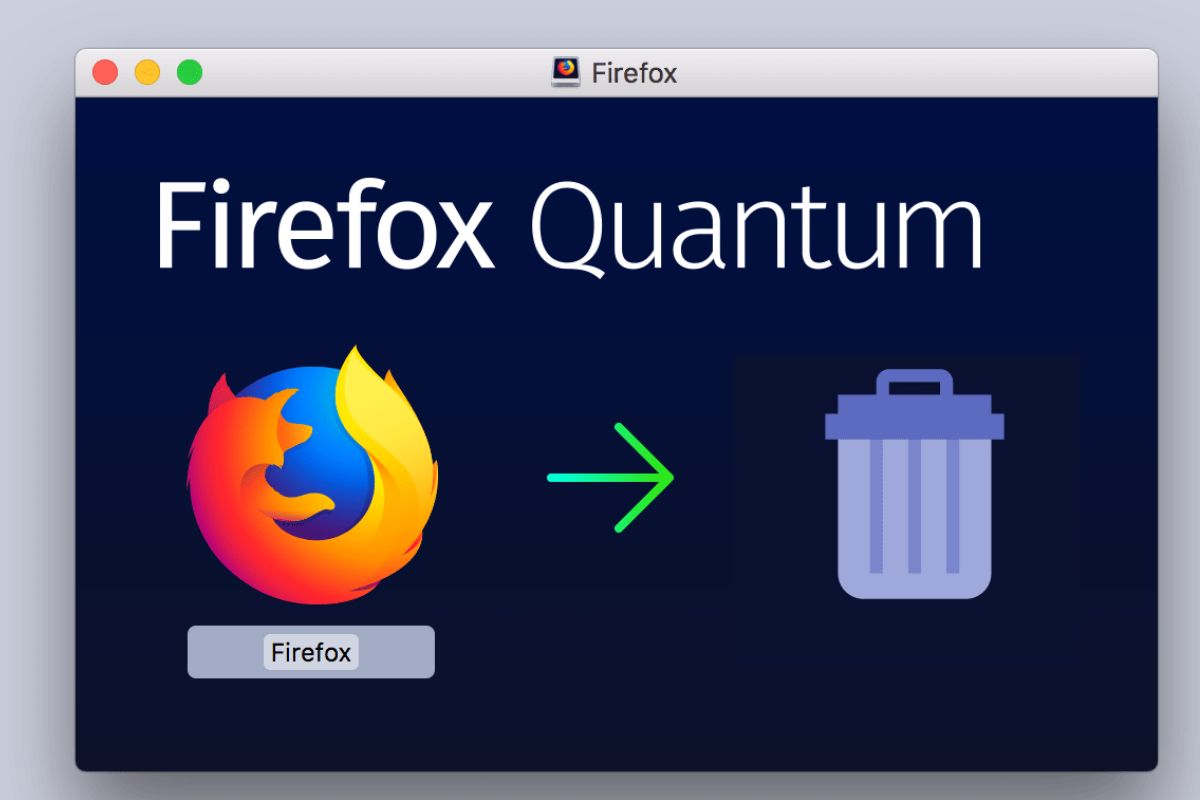Mozilla Firefox for Mac is a free and open-source web browser with many fun features. It lets Mac users browse the web quickly and safely. Also, it gives users’ privacy even more importance.
On macOS, Firefox freezes or crashes from time to time. When the browser doesn’t respond, macOS will uninstall Firefox as a workaround. This article talks about some of the ways you might be able to uninstall Firefox on a Mac.
Problems In Uninstalling Firefox Manually
Firefox is easy to uninstall. If you know how to use a Mac, removing Firefox by hand will only take 5 to 10 minutes. But it will be hard for people just starting to find the Firefox junk files in the Library folder.

You can use files, shortcuts, data, and icons related to Firefox that are already on your system. You must know much about the macOS file system to uninstall something manually. If you make a mistake, other apps might open at the wrong time, and many more can go wrong.
Also, Check
Manually Uninstall Firefox
A clean Mac is needed to fix Firefox and other problems on the computer. Any digital device can be used to uninstall the Firefox browser by hand. To get rid of Firefox, drag it to the Trash and drop it there. To get rid of the browser for good, empty the trash can.
Launchpad needs to be open before you can use drag-and-drop. Now, find Firefox and click on its icon over and over until all the icons look like an X. Then, drag it into the Trash. You can also open Finder and select Application. Find Firefox and drag it to the “Trash” folder.
Remove Traces from ~Library Folders.
Another way to uninstall Firefox from Mac computers is to remove all traces from ~Library Folders. To start this process, access the Menu Bar in the Finder. Now, choose the Go option and then select Go to Folder. Next, type ~/Library/ and tap Go.
Locate the files in Application Support with the name Firefox. Right-click to erase everything. Now, go back to the Library folder and repeat the same thing in the Caches and Preferences folders. Remove all traces of Firefox. Right-click the Trash icon and choose “Empty Trash.” Start up your Mac.
Fully Uninstall Firefox on Mac
If you are new to Mac and don’t have advanced and up-to-date knowledge, don’t manually uninstall Firefox. You can use apps or software from a third party to thoroughly and quickly remove this browser from your Mac.
Several reliable, professional application uninstaller programs can help you get rid of Firefox on Mac quickly and easily. Some of them will automatically check Firefox for caches, junk files, and Mac files that are still there. Launch a piece of software on a Mac to use it.
Remove Firefox from My Mac Computer
You must use the Finder window to uninstall Firefox from your My Mac. Now, press the Command and Spacebar keys together, type “Finder” in the spotlight search, or open the Finder. Next, in the Finder window, click the Application tab.
Right-click on the Firefox app when you find it. You can click on it and drag it to the Trash if you don’t need that. Then, drag Firefox to the Trash. Once you put it in the Trash, you have 30 days to get rid of it. After macOS deletes it, you can still get Firefox back from the Recently Deleted folder.
Related
Remove Firefox Using Terminal
The Terminal is a text-based program, so if you type something wrong, your Mac might delete the bad files. So, you should only use this method to uninstall Mac if none of the other ways work. Be careful when you type commands into the Terminal to uninstall an app.
To start the process, open Terminal on your Mac. Type sudo rm -rf /Applications/Firefox.app/. Next, put in your correct administrator password (the same password you use to unlock your Mac). Properly check that you enter the right app name and then click the Return key.
Why is Firefox Slow on My Computer?
When you use Firefox on your Mac, you might run into a number of problems. For instance, a sudden crash, a delay in doing some things, the strange way a pinwheel moves, and much more. When the browser stops responding, you can force it to close.
Problems with Firefox can be caused by different things, depending on what kind of Mac you have. It could be because you are using an old version of Firefox or because you have opened a lot of ads-filled web pages. There could also be too many caches, downloads, or browsing history.
The Conclusion
If you’re looking for a faster and better alternative to Chrome, you might want to try Firefox Quantum. The best thing about this browser is that you can browse the web any way you want. Try clearing the cache and history if it works slowly.
But if you need to get rid of this browser for any reason, you can easily do so by hand or automatically. Choose one of the above methods based on how well you know your Mac and your other needs. Visit our technology section for related information.
Visit our site NogMagazine.com regularly for the latest news.